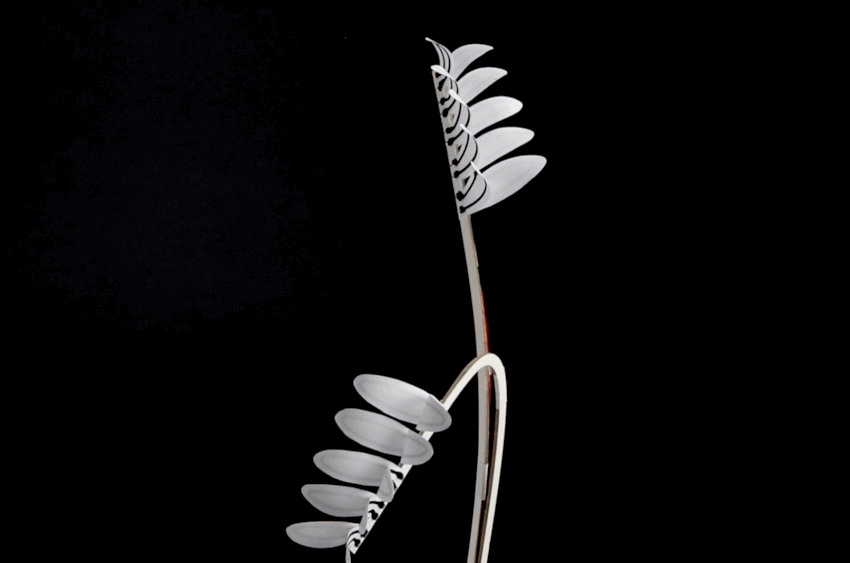A team of computer scientists at Carnegie Mellon University has developed a technology that makes run-of-the-mill paper move on its own.
The paper is cut into a shape, such as a flower, and treated with a thin conductor that's either applied by a 3-D printer or painted on. It adds only a half millimeter of thickness. The paper is then folded or bent into a shape and heated in an oven.
At that point, an electrical current, heat, or touch will cause the paper to uncurl; when the stimulus is removed, the paper goes back to its natural curled state.

Lining Yao, director of CMU's Morphing Matter Lab, says this technology gives new artistic possibilities to a medium that has been used for thousands of years.
"You can combine all the practices people have been doing, now with the animated property," Yao said.
This summer, the technology was used to make pop-up books that bring works of art, like Van Gogh's Starry Night, to life with movement.
Yao's vision for the technology includes wallpaper with flowers that can move.
"It could even be a visual weather broadcast," she said. "Say today is going to be a sunny day, all the flowers will blossom."
Yao said she'd also like to create a wallpaper that expresses how polluted the air is in real time, for use in countries such as China and India. On more polluted days, the colors on the paper would become more muted.
For now, Yao said her lab is working on speeding up the paper's movement as it goes back to its resting state.




